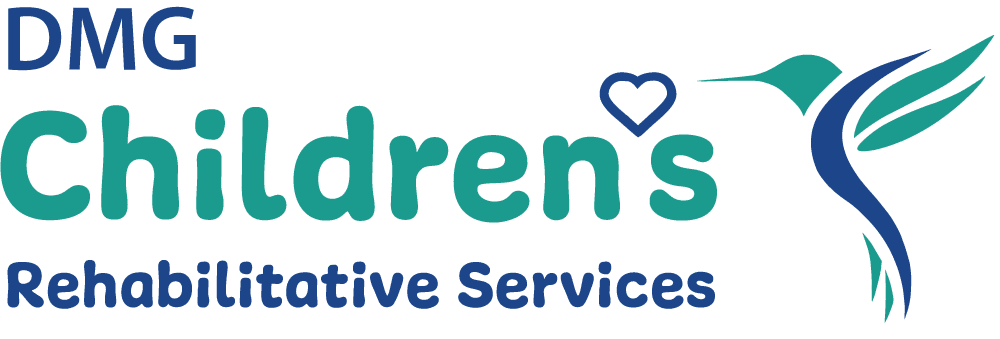What is Spina Bifida?
By Pamela Murphy, MD, FAAP lead physician, Spina Bifida Clinic and pediatrician
A type of neural tube defect (NTD), spina bifida is the most common permanently disabling birth defect. According to the Centers for Disease Control and Prevention (CDC), about one in 2,875 babies is born with spina bifida in the United States each year.
Spina bifida is a birth defect in which an area of the spinal column does not form properly, leaving a section of the spinal cord and spinal nerves exposed through an opening in the back.
Types of spina bifida
The three most common types of spina bifida include myelomeningocele, meningocele, and spina bifida occulta. Two of the three are generally diagnosed before the baby is born.
- Myelomeningocele: The most serious type of spina bifida, a sac of fluid comes through an opening in the baby’s back. Part of the spinal cord and nerves are in this sac and damaged causing moderate to severe disabilities.
- Meningocele: Causing little to no nerve damage, a sac of fluid comes through an opening in the baby’s back. Because the spinal cord is not in this sac, this type of spina bifida results in mild disabilities.
- Spina bifida occulta: Sometimes called the “hidden spina bifida,” this type rarely causes disabilities and is often undiagnosed or not diagnosed until late childhood or adulthood. Many people never know they have it. It is the mildest form of spina bifida as it includes a small gap in the bones of the spine, but no opening or sac on the back.
Risk factors
The causes of spina bifida are not known. According to the CDC, research studies have suggested the following factors may increase the risk of having a baby with spina bifida:
- Certain medications
- Diabetes not well-controlled
- Not getting enough folic acid daily
- Overheating or fever
Diagnosis
During pregnancy (prenatal), screening tests check for spina bifida and other birth defects. Spina bifida can often be detected through an ultrasound.
In some cases, spina bifida will not be diagnosed until after the baby is born. In the case of spina bifida occulta, diagnosis may not occur until teen or young adult years or not at all.
Treatment
Each child with spina bifida has unique needs and requires an individualized treatment plan including support and resources for the family. Fortunately, Phoenix is home to DMG Children’s Rehabilitative Services (DMG CRS), a designated Spina Bifida Association Clinical Care Partner meeting ten standards established by the Spina Bifida Association for providing care to patients. Through our Spina Bifida Clinic, we support patients of all ages with spinal cord conditions such as spina bifida.
Learn more about the DMG CRS Spina Bifida Clinic
Article originally published at dmgaz.org.




